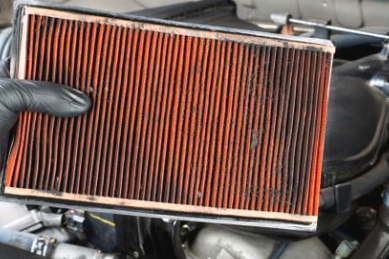
The Asia-Pacific (APAC) region is seeing stringent emission standards driving demand for aftermarket consumables to a 2.1% compound annual growth rate (CAGR) over 2023-2028, says data and analytics company GlobalData.
Its report Global Sector Overview and Forecast: Aftermarket Consumables Q3 2024 reveals that the automotive aftermarket consumables market, including service parts and consumables, was 5.3 billion units in 2023 and is forecast to reach 5.9 billion units by 2028 in the APAC region.
“Stringent emission standards and strict compliance regulations across APAC countries are key drivers of the aftermarket consumables market,” says GlobalData automotive analyst Madhuchhanda Palit.
“While consumers may delay replacements, the need to obtain pollution certificates—such as the Pollution Under Control Certificate (PUC) in India and China Compulsory Certification (CCC)—compels timely replacement of parts like engine oil, filters, and diesel components,” she says.
“Failing to replace these parts can lead to engine malfunctions, increased emissions, and pollutants like black carbon (soot), carbon monoxide, CO2, and volatile organic compounds, contributing to air pollution.”
Factors such as increasing population, industrial developments, and high traffic affect the air quality of a particular area, which in turn contribute to a reduction in the lifespan of service parts, and early replacement might be necessary for vehicles driven in a city environment compared to a rural environment, Palit says.
In areas with more air pollution, for instance, cabin filters get dust clogged quicker compared to areas marked within healthy levels of air quality.
“Polluted air quality impacts the aftermarket consumables market positively; the more hazardous the air quality index is of a city, the more service part replacements might be required, leading to growth in the aftermarket consumables market volume,” says Palit.
Additionally, the demographics of a country also tend to affect the demand for particular aftermarket components, such as more demand for antifreeze of engines in cities in mountains like Shillong in India, and other places generally in winter times, whereas the opposite happens for high-temperature places, with a rise in the demand for engine coolants, she says.
“As vehicle ownership rises and innovation in service parts accelerates, the market is expected to continue to expand, offering opportunities for both manufacturers and consumers in the coming years.”








